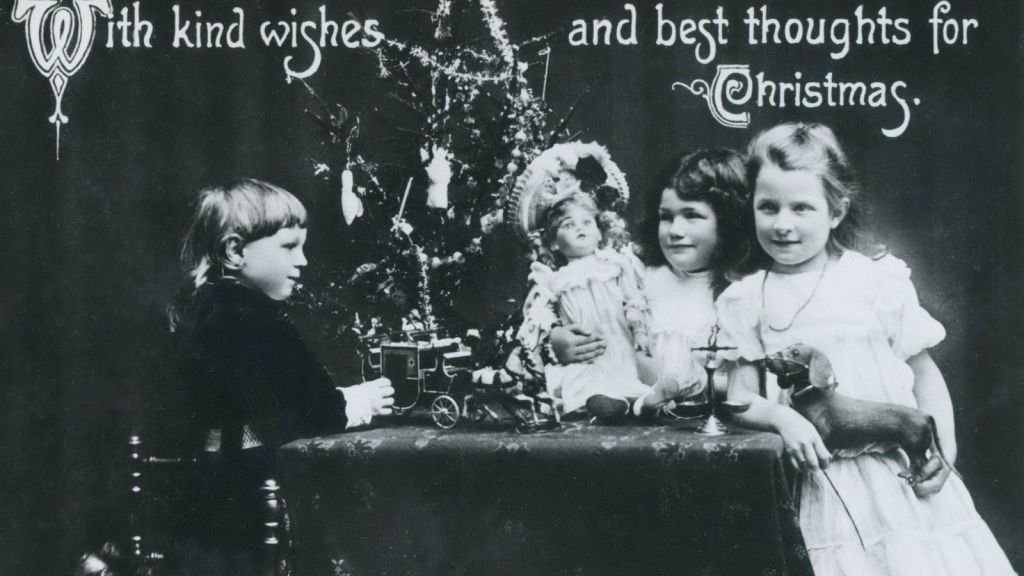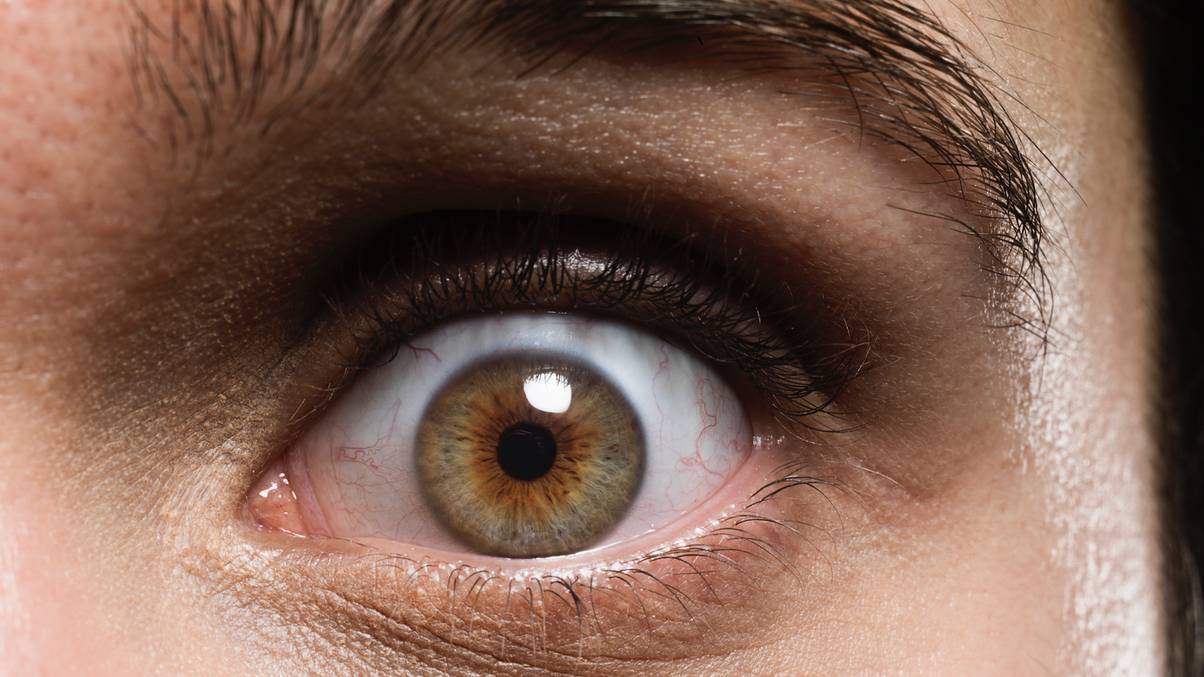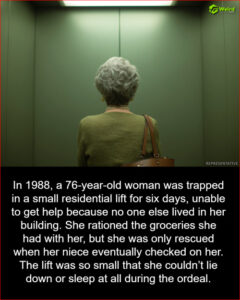“Unwrap the Surprising Evolution of Holiday Traditions: What Your Family Did in the ’60s vs. Today!”
So, what do these changes tell us? They’re a snapshot of history, revealing how families and communities adapted to the cultural spirit of each decade. Let’s take a journey through 14 different holiday traditions, one from each decade, to see how they’ve evolved over the years.
1. 1890s: Victorian Christmas Cards


Before the turn of the century, the 1890s were marked by the rise of elaborate Victorian Christmas cards. These cards featured intricate designs, gold embossing, and sentimental verses, reflecting the era’s focus on refinement and tradition.
Sending cards became a cherished part of the holidays, offering people a way to connect across distances. Today, while e-cards and social media posts dominate, the charm of a hand-written Christmas card still endures for many.
2. 1900s: Oranges as a Luxury Gift


In the early 1900s, receiving an orange in your stocking was considered a significant treat. Fresh fruit, particularly citrus, was a luxury item for many families, especially in colder regions where oranges were harder to come by.
This simple tradition speaks to a time when gifts were practical and cherished for their rarity. Today, the thought of giving fruit as a gift might seem quaint, but back then, it symbolized prosperity and care.
3. 1910s: Homemade Decorations


The 1910s saw families crafting their own holiday decorations, from paper garlands to ornaments made of fabric and pinecones. With fewer mass-produced options available, creativity played a central role in holiday decor.












